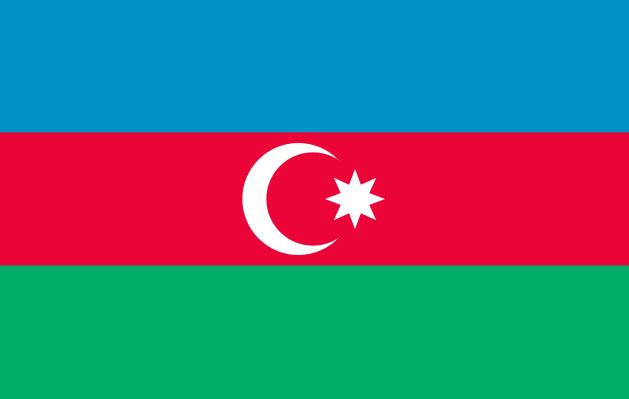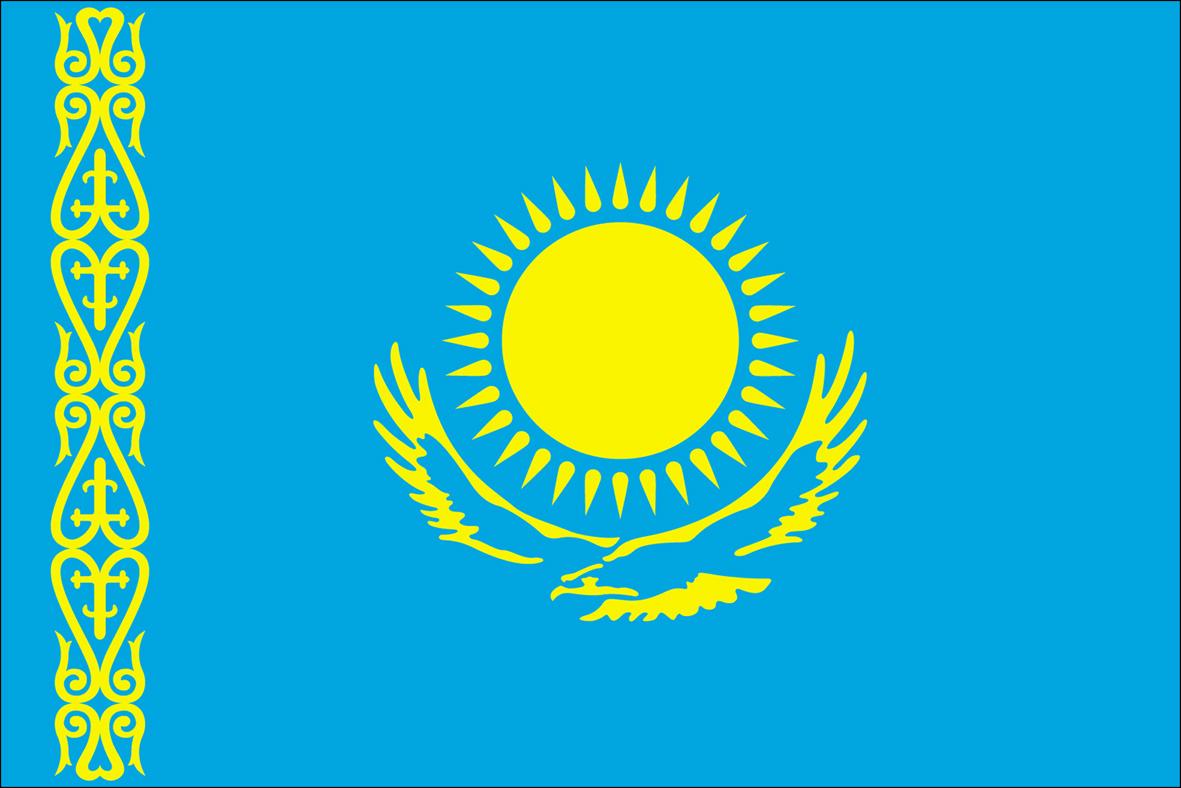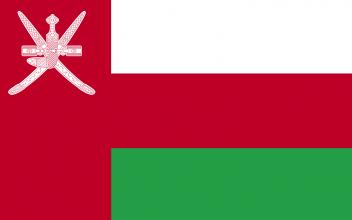Destiny can play strange games with archaeological discoveries. One can spend half his life studying a scientific problem or looking for traces of vanished civilizations, but all the efforts prove futile: the long and arduous labours remain unrewarded, whereas somebody else makes an unexpected discovery without ever thinking of it — while addressing entirely different tasks. This was the case with P. K. Kozlov, who made an outstanding contribution to archaeology without being a qualified archaeologist.
The enormously rich collection of the Russian Museum of Ethnography includes unique arrays of monuments of material culture and photographs of subjects related to the ethnography of the population of Eastern Turkestan. The history of the collections is inextricably linked with the Museum, whereas the illustrious names of those who amassed them — A. V. Adrianov, M. M. Berezovsky, S. M. Dudin, D. A. Klementz and S. F. Oldenburg — belong to the glorious page in the history of Russian science and museum work.
The first researcher of the Manichaean texts kept in the Asiatic Museum was it director (from 1890 to 1916) Academician Carl Germanovich Salemann (1849–1916). From the beginning of the 20th century up to his demise, he studied the Manichaean texts from Eastern Turkestan in the Middle Iranian languages: Middle Persian, Parthian and Sogdian. The collection of the Asiatic Museum (IOM RAS) included a considerable number of fragments of Manichaean texts in those languages, as well as in Chinese and Uighur...
In the early centuries A.D., miniature Buddhist sculpture from Gandhara became wide spread on the territory of Eastern Turkestan and Middle Asia. This is supported by the finds of archaeological expeditions, as well as by numerous research publications. Samples of Gandharan miniature sculpture carved of stone and ivory were found in Khotan by the 1900–01 expedition of Aurel Stein. One of the first research publications on the subject was S. F Oldenburg’s article dedicated to Gandharan art relics found in Khotan. The majority of works described by S.
Mikhail Mikhailovich Berezovsky (1848–1912) graduated as zoologist from the Biology Faculty of St. Petersburg University. From 1876 on he repeatedly took part in G. N. Potanin’s expeditions to Mongolia, Northwestern China, Eastern Turkestan and Northeastern Tibet. In all, Berezovsky participated in fourteen expeditions, initially as zoologist and botanist and in 1902–08 as head of expeditions to China and Central Asia, geographer and ethnographer.
In 1896 the Russian Geographic Society handed over to the Asiatic Museum (IOM RAS) a sack of shreds of ancient manuscripts collected in Turfan oasis by the 1893–95 expedition of V. I. Roborovsky and P. K. Kozlov. The manuscript fragments from a Buddhist cave monastery near Toyuq-Mazar and from the ruins of Idiqutshari were initially sorted out by A. O. Ivanovsky and S. F. Oldenburg; afterwards, in December 1897, they were examined by V. V. Radloff, who picked out four Old Uighur fragments from the collection.
During the Middle Ages Central Asia for a long time remained a terra incognita for Europeans. With the discovery of the sea route linking western, chiefly Mediterranean countries with Southern Asia, the Silk Road as the main trade route between East and West became increasingly untravelled. Arab navigators, whose ships were trading all over the Western part of the Indian Ocean, from the Indian coast to the eastern coast of Africa, made the most valuable contribution to opening up the sea routes to India and China.
In 1960 the participants in the International Congress of Orientalists in Moscow were offered an excursion to Leningrad. During the trip, two Sinologists (one of them from a western country, the other from the East) visited the Leningrad Branch of the Institute of the Peoples of Asia of the USSR Academy of Sciences (now the Institute of Oriental Manuscripts of the Russian Academy of Sciences) and discovered for themselves the collection of manuscripts from Dunhuang, of which nearly nothing had been previously known abroad.
Oldenburg’s Second Russian Turkestan Expedition was organized for the special purpose of studying the Buddhist monastery complex in Mogaoku, in the Caves of a Thousand Buddhas — south-east of the town of Dunhuang in the Chinese Province of Gansu.
The expedition was inspired by the outstanding Indologist Sergei Fyodorovich Oldenburg (1863–1934). A graduate of St. Petersburg University (1885), he began teaching at the Faculty of Oriental Languages of the same university in 1889, gaining the title of Professor in 1894. In 1900 he was elected Member of the Russian Academy of Sciences, held the posts of the Academy’s Permanent Secretary (1904–29) and of the Director of the Asiatic Museum, later the Institute of Oriental Studies (1916–34).




